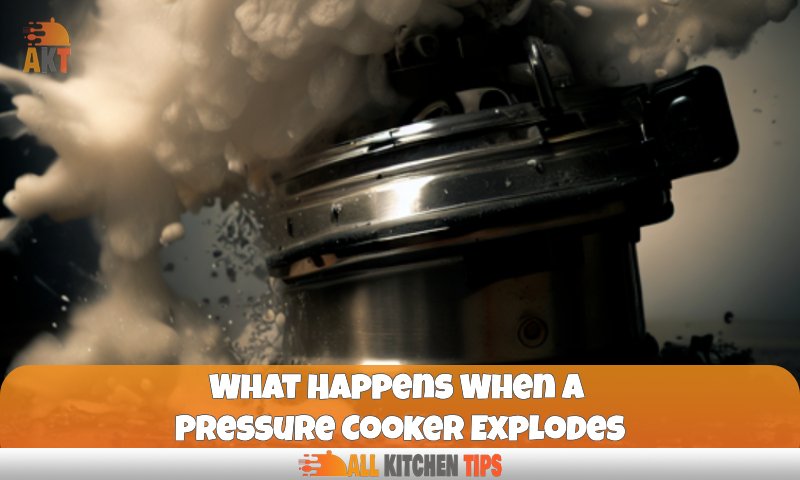Have you ever wondered how an ice maker works in the refrigerator?
The process of making ice cubes seem like quite a mystery, but the truth is most refrigerators use a relatively straightforward process to make and dispense ice. To make this happen, refrigerators use a combination of water, electrical power and cooling units.
The condenser coils heat up and remove heat from the refrigerator’s interior as they function. A portion of that chilly air is subsequently forced into an evaporator tray by the compressor. The water in this tray freezes as the temperature dips below freezing, making it solid. This is when the tiny ice cubes are formed.
Finally, those ice cubes are stored in a storage bin before they are eventually dispensed into your glass through the door. It’s an amazing process that helps to keep our drinks nice and cool! In this article we will explore in more detail how this process works and what you can do to maintain your refrigerator’s ice maker.
Overview of How an Ice Maker Works
Have you ever wondered how that ice maker in your refrigerator works? Ice makers are a great way to get colder drinks faster and end that dreaded search for ice cubes in the freezer.
To better understand the process, let’s look at how an ice maker works. Inside your refrigerator is a water pump, a motor, a water valve, and a heating element. When it is time to make more ice, the motor will open the water valve and start to pump water into the tray located inside the freezer. The heating element warms up to prevent the water from freezing solid before it completely fills up the tray.
Once the container is full with water, the process of forming ice begins; this is known as adiabatic cooling and involves removing heat from the immediate environment and converting it to energy. The liquid becomes sufficiently chilly as a result to freeze into shapes like cubes or bars. Little crystals will start to grow on top of each ice cube throughout this process and finally accrete new ice to form one solid block.
The Components of the Ice Maker System
Understanding the components of an ice maker system is the key to understanding how it works. The primary components are the compressor, condenser, expansion valve, and evaporator.
The compressor compresses refrigerant gas and pumps it into the condenser where heat is exchanged. Then, the expansion valve reduces that pressure to allow the refrigerant to expand and cool and it’s transferred to the evaporator coils where it absorbs heat from the surrounding air and converts it into a liquid form. Finally, a fan blows cold air over these coils and creates ice.
Ice makers also feature a few accessories, such as an electric motor for automatic ice cube cycling, a water valve for managing water pressure, and an electrical heating unit for defrosting frozen parts, in addition to these primary pieces. Pre-filter kits or water filtration systems that help prevent silt buildup in water lines are examples of additional accessories.
Learn About the Typical Cycle of the Evaporator
In order for an ice maker to work in a refrigerator, the evaporator plays an important role. This is the second heat exchanger in a standard refrigeration circuit.
The evaporator absorbs heat from the air or other substance to be cooled. It is responsible for cooling the air going to a space by boiling (evaporating) the refrigerant flowing through it. The typical cycle of an evaporator includes:
- The hot refrigerant is drawn off the compressor and into the evaporator
- The refrigerant then passes through a series of tubes in which it can easily absorb heat
- In these tubes, it begins to boil and evaporate, cooling the air as it passes
- The cooler air is then discharged into the space, while the vaporized refrigerant is sent back to compressor
- The cooled refrigerant condenses on its way back, turning into liquid and completing its cycle
What to Know About Water Levels and Sensors
It’s important to understand how water levels and sensors interact in an ice maker. One of the most important parts of any ice maker is the water level sensors — they are essential to its operation. Water level sensors can detect when the water levels are too high in the drain pan, which can cause an overflow problem.
It’s also important to note that household appliances may use liquid level sensors to show low water or detergent levels, helping to notify you when a refill is required. A built-in liquid level sensor is found in the majority of refrigerators with ice makers. By preventing overfilling, this feature keeps the appliance operating effectively and safely.
However, water level sensors are easily available in stock and simple to install yourself with just minimal equipment and knowledge if your ice maker does not already come with one of these.
Solving Common Problems With Ice Makers
Frustrated by misshapen and fractured ice cubes? You’re not alone!
Common ice maker problems include pause features enabled, water line malfunction or setting, and clogged filters. Fortunately, most of these issues can be fixed in a few simple steps.
Here are some common troubleshooting tips:
- Check the shutoff arm – Make sure it doesn’t have any foreign objects blocking its movement.
- Check the supply valve – Make sure it’s switched on and pumping water into the unit.
- Check the water supply line – This ensures that the line is connected properly and that the filter is unobstructed.
- Check the shutoff switch – Ensure that it isn’t stuck in an off position.
- Check the freezer temperature – It should be set to -0°C or lower for ice to form properly.
- Check the ejector gear – If it’s constantly moving, it could be jammed due to something like a piece of ice blocking its movement.
By following these simple steps, you can get your refrigerator’s ice maker running like new again!
Maintenance Tips for Your Refrigerator’s Ice Maker
Another important part of making sure your refrigerator’s ice maker is functioning at its best is doing routine maintenance. Without regular attention and care, it could start to malfunction, which could lead to damage that requires expensive repairs.
To protect your ice maker, follow these simple maintenance tasks:
- Before cleaning your refrigerator, unplug it. By doing this, you can help safeguard the appliance and yourself from shocks and other harm.
- To maintain them free of germs and bacteria, clean any removable components using a vinegar and water solution or, if you prefer, a bleach solution.
- Every six months, swap out the water filter with an authorized filter that has been verified to work with the model number of the refrigerator.
- For any debris or ice buildup that might be preventing the auger from dispensing cubes into the bucket, inspect the ice bin. Remove any clutter if necessary.
- To prevent further harm or issues in the future, have a specialist inspect the ice maker as soon as you notice any strange noises emanating from it.
By taking these steps, you can ensure that your refrigerator’s ice maker continues to run smoothly and efficiently without fail – providing you with plenty of delicious cold drinks!
People Also Like: How Much Water Softener Salt Is Enough to Reduce the Amount of Salts?
Conclusion
In conclusion, discovering how an ice maker works inside of a refrigerator is a fascinating journey into the workings of a trusty kitchen appliance. From understanding the simplicity of the process to figuring out troubleshooting steps, knowing how an ice maker works can empower homeowners to fix minor problems and make their refrigerators run more efficiently.





